Search
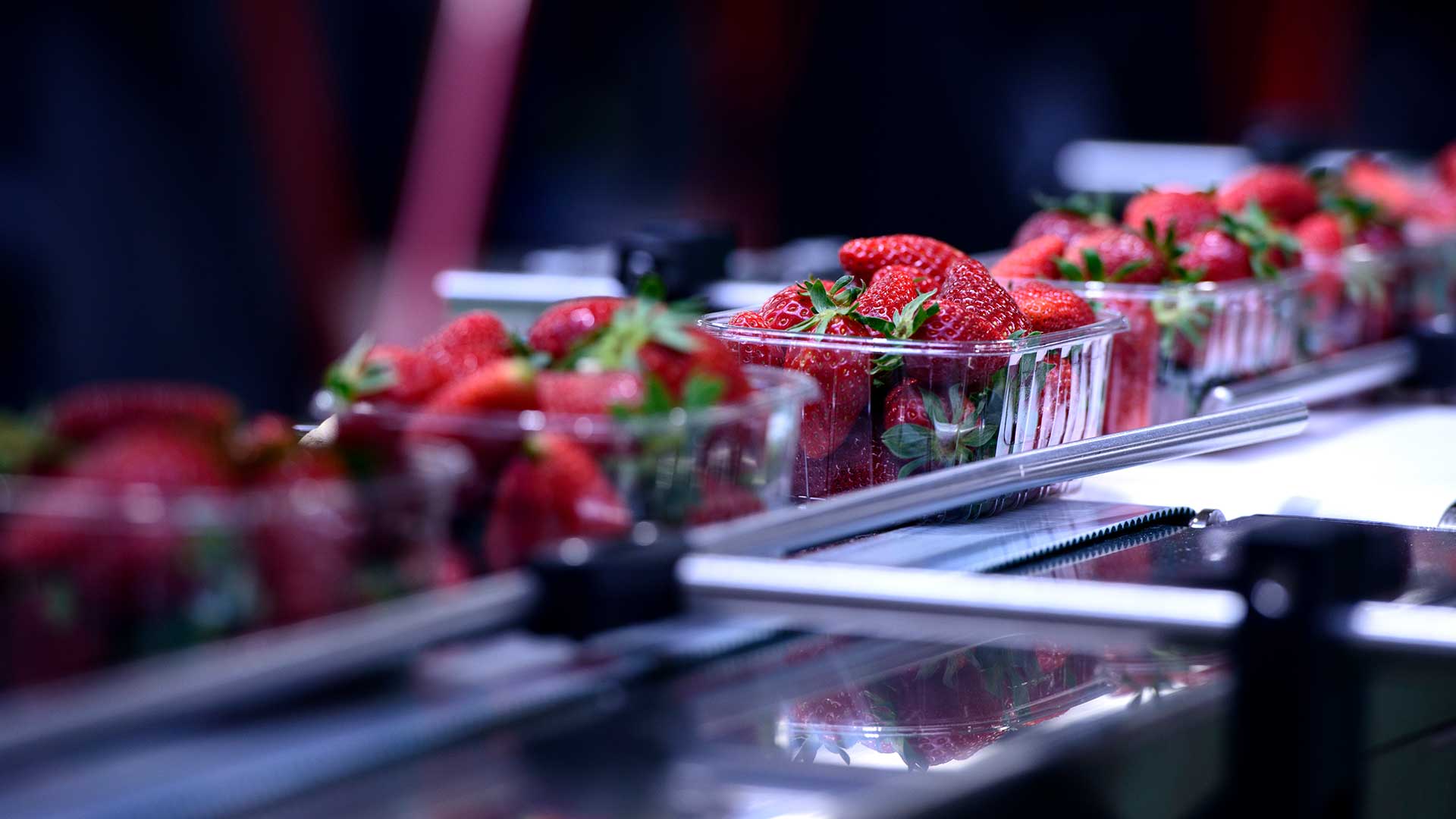
Food and drink manufacturing are major energy consumers. In a highly competitive global industry with exceptionally tight margins, factories and processing plants face constant pressure to keep costs under control.
At the same time, regulators and consumers are also increasing the pressure on companies to reduce their environmental impact and use resources more efficiently.
In these circumstances, energy cost and emissions-saving technologies, such as Combined Heat and Power (CHP) provide a strong commercial and sustainability opportunity. The energy intensive profile of many food and drink manufacturing and processing sites, which have a high demand for power and heat/steam, cooling, and CO2 makes them ideally suited to using CHP.
Latest energy statistics show that 8.4% of all UK CHP capacity is accounted for by food and drink producers, which underlines the financial and environmental advantage of generating power and heat/steam, cooling, and CO2 on-site.
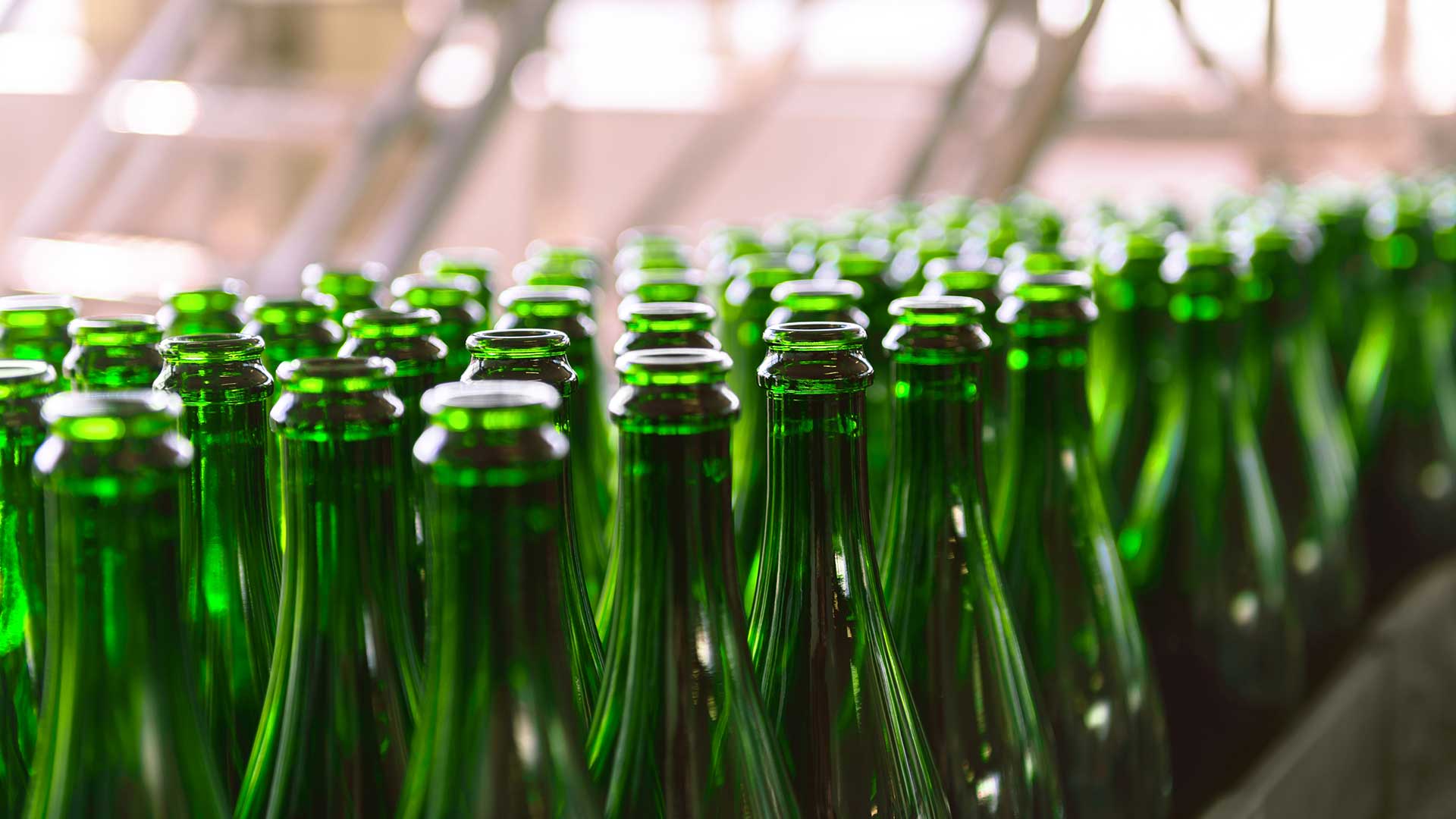
Cost savings on power, heating and cooling
Reduced carbon emissions compared to conventional power production and onsite boilers
Payback within 2-5 years
Greater operational resilience and security of power supply
High electrical and thermal efficiency of up to 90%
Cost savings can be reinvested and deployed in renewable energy technologies
Fuel flexibility - renewable, low carbon, and hydrogen ready
Recognised technology within the net-zero pathway
Cogeneration/CHP plants simultaneously generate electricity and heat that can be used on-site. This process is nearly twice as efficient as traditional power station generation, where waste heat normally vents to the atmosphere and power transmission losses occur in transporting electricity to customer sites.
Hydrogen-ready MWM CHP engines can achieve exceptionally high efficiencies of 90%.
CHP can help businesses minimise and protect their energy costs and ensure the security of their power supply for mission critical processes. It also provides a cost-effective way to make carbon savings.
Cogeneration technology can also be configured as a Combined Cooling, Heat and Power (CCHP) system, or Trigeneration. This involves connecting an absorption chiller to the system so that waste heat can supply chilled water for process cooling, refrigeration, and air conditioning systems.
Should food and drink facilities require pure CO2 within their process, then CO2 can be captured, cleaned, and utilised on-site through Quadgeneration.
In some food and drink plants, freezing, chilling and process heating account for more than half of the site’s total energy consumption. Cogeneration and Trigeneration recycle the heat that is created during power generation to supply on-site processes.
Food and drink production is a highly competitive industry. With innovation from competitors and retailer price squeezes, manufacturers are under constant pressure to reduce and manage costs.
While labour costs and the price of raw materials have increased in recent years, many manufacturers have been able to reduce and manage their energy costs using CHP.
More recently, the reopening of industry following the lifting of COVID restrictions has created worldwide demand in gas and the ongoing conflict in Ukraine has further intensified market volatility which has resulted in unprecedented gas price increases.
The soaring price for gas has also significantly impacted electricity prices more so because gas is used to produce electricity, which accounts for roughly 50% of the UK’s energy mix. Worryingly, price volatility is likely to continue beyond 2023 and the cost of inaction will place significant cost burden onto food and drink manufacturers without a fixed long-term contract or whose contract has expired.
Whilst both gas and electricity have increased, gas is consistently cheaper than the price of grid procured electricity. By using cheaper gas to generate power, food and drink manufacturers benefit from a positive spark spread. This cost advantage is underlined by the rapid return on investment of CHP systems, which often provide a payback within two to three years
By self-generating power on-site food and drink manufacturers can produce most of their electricity requirements, only drawing on grid supplies where necessary. This means that they have the flexibility to avoid purchasing network power at peak times when prices are vastly inflated.

World-renowned gas engine manufacturer MWM continues to innovate, ensuring the future of Combined Heat and Power (CHP) and its critical role within the global transition towards net-zero and beyond.
As such, MWM gas engines are capable of 25% blended-hydrogen CHP solutions. MWM have significant development experience in hydrogen-fuelled internal combustion engines for more than 20 years.
CHP schemes that meet certain environmental standards can also qualify for special privileges under the Combined Heat and Power Quality Assessment (CHPQA) programme.
Any CHP schemes that qualify as ‘good quality’ under CHPQA can avoid paying Climate Change Levy (CCL) on the natural gas used to fuel the cogeneration system. The CCL tariffs have increased significantly in recent years and natural gas CCL rates are set to increase by a further 19% on 1 April 2020 followed by a similar double digit percentage tariff increases through to April 2023, when the tariff will hit £0.00672 per kWh.
Although low-carbon natural gas is still the dominant source of fuel used in Cogeneration and Trigeneration applications, a growing number of food and drink manufacturers are using anaerobic digestion to create biogas from waste food products that they would otherwise need to dispose of.
Because biogas is a renewable fuel, these systems are significantly greener than transitionary natural gas-fuelled engines, allowing manufacturers to meet key environmental targets and deliver on their net-zero ambitions.
Biogas can be upgraded to remove CO2 to produce pure biomethane or it can be purchased via the Green Gas Certificate Scheme (GGCS) to provide food and drink manufacturers with a 100% renewable fuel source.
Reciprocating gas engines are hydrogen enabled and can operate up to 25% hydrogen blends without modification. Engine manufacturers are enabling their technology to operate 100% pure hydrogen to secure future investment in CHP technology during and post-transition.
Flexible finance options are available for installing CHP. These include low-cost power purchase agreements and energy service contracts. Finance options can be tailored to meet specific project requirements and business objectives both short-term and long-term. This could mean zero capital investment with instantaneous energy savings, thus freeing up capital for other strategic projects.
Power failures can have a dramatic effect on food and drink manufacturers.
Even a short-term power failure in the middle of a production cycle can ruin an entire batch of products. This can result in significant product losses and downtime while processes are reset.
With grid failures likely to increase in the future, implementing energy resilience will become more and more important for food and drink manufacturers.
To help improve the efficiency of CHP systems, sites still generally draw a small proportion of their electricity from the national grid. In the event of a grid outage, however, CHP would provide enough power to keep the most crucial processes running.
Food and drink manufacturers may also benefit from the extra resilience that comes with those CHP plants that are configured to operate off-grid in island mode. In some critical factories, even short power failures from the national grid could potentially ruin a product batch resulting in significant losses and business disruption.
Deploying battery energy storage as a standalone product or colocated with solar PV and/or CHP engines as part of a hybrid power solution can further improve on-site resilience and asset flexibility. Elsewhere, battery energy storage can reduce energy import costs by utilising battery stored electricity to power facilities to avoid peak time charges, avoid electricity network charges, deliver value-added grid services or optimise on-site generation and consumption.
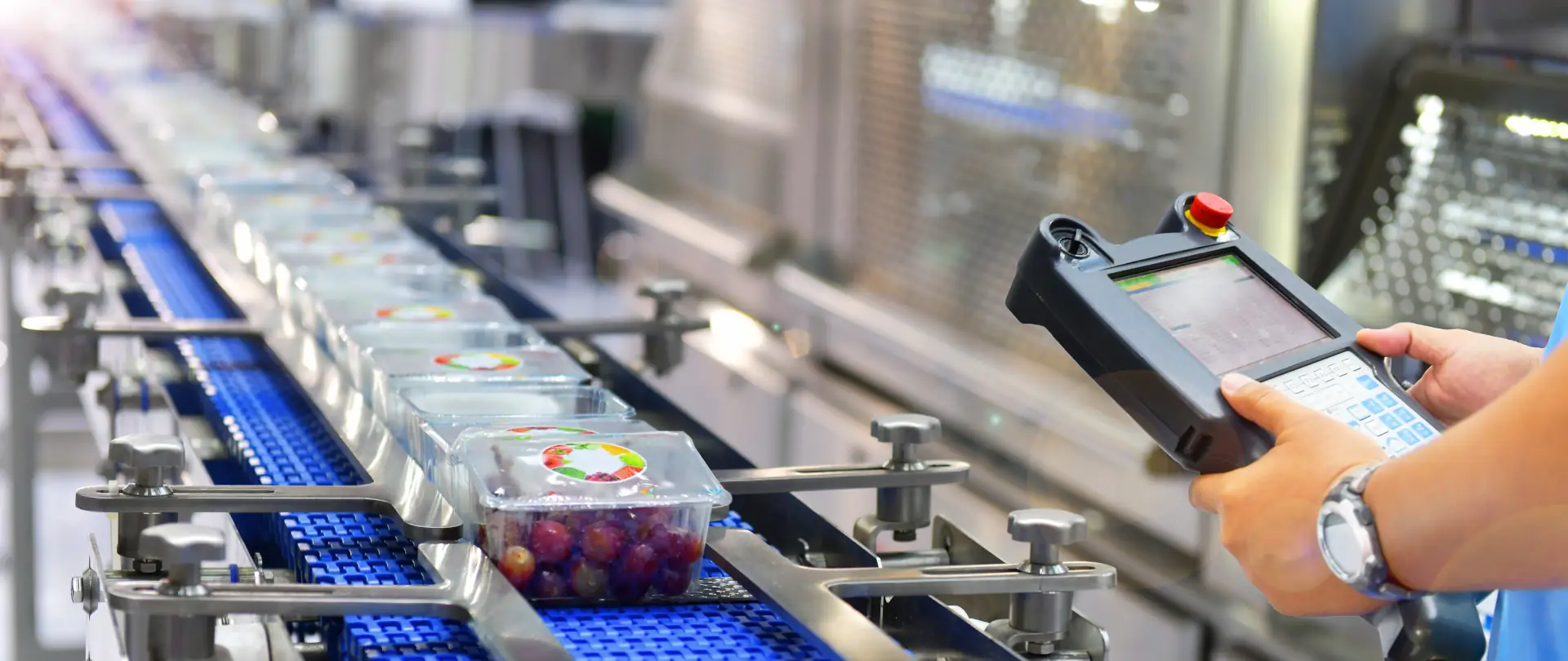
At GLW Feeds, we have been actively working towards reducing our carbon footprint and maximising our environmental sustainability. The CHP plant combined with the energy purchase agreement with Iona Capital allows us to continue further capital investment in our plant to increase our overall energy efficiency per tonne of feed produced.”
As a market-leader in the supply, installation and maintenance of CHP and emergency back-up power systems, Edina has completed many energy saving projects across the food and drink sector.
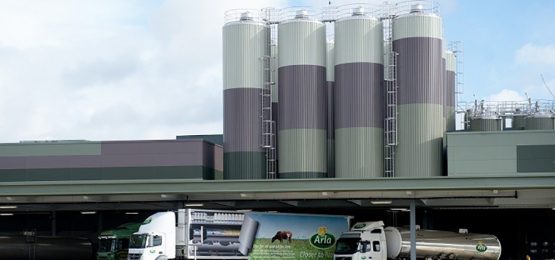
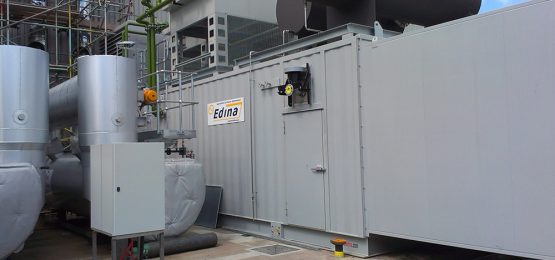
Edina saves Ice Cream Manufacturer a mouth-watering £440,000 per year while ensuring security of power.
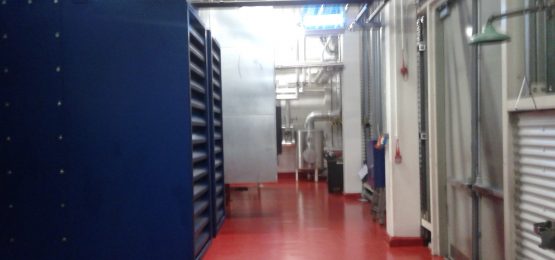



Copyright © Edina. All Rights Reserved.